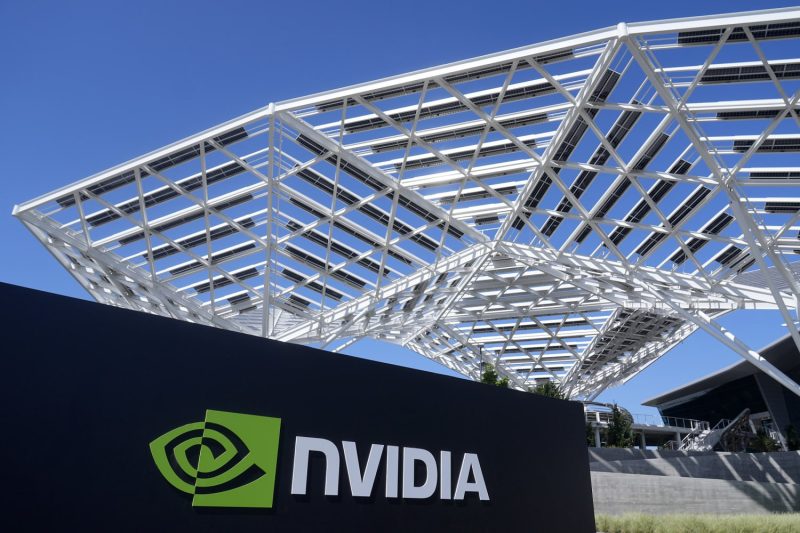Nvidia’s $279 Billion Wipeout: The Biggest in U.S. History Drags Down Global Chip Stocks
The recent market turmoil following Nvidia’s massive drop has sent shockwaves through the global chip industry. As for Nvidia, the sharp decline of $279 billion in market value stands as the largest wipeout in U.S. market history.
However, it’s crucial to delve deeper into the reasons behind Nvidia’s downfall to understand its broader implications. One primary factor contributing to this colossal loss is the semiconductor chip shortage that has been plaguing various industries worldwide.
The ongoing global chip shortage, exacerbated by the COVID-19 pandemic, has put immense pressure on chipmakers like Nvidia to meet the escalating demand for their products. The high demand for semiconductors, driven by the rapid digitization and technological advancements across industries, has strained the existing supply chains and manufacturing capabilities of chip manufacturers.
In addition to the chip shortage, Nvidia’s setback can also be attributed to the company’s reliance on the cryptocurrency mining sector. The boom and bust cycles of cryptocurrencies have been a double-edged sword for Nvidia, as the company experienced a surge in demand for its GPUs for mining purposes but faced significant risks when the cryptocurrency market corrected.
The resurgence of traditional economic factors such as inflation and rising interest rates has further fueled market uncertainties, leading to a sell-off of tech stocks including Nvidia. Investors’ concerns about the potential impact of these macroeconomic developments on the tech sector have contributed to Nvidia’s market value plummet.
In response to the market turmoil, Nvidia has taken steps to address the challenges that led to its monumental wipeout. The company has announced plans to increase its production capacity, invest in chip manufacturing facilities, and diversify its revenue streams to reduce its dependence on specific sectors like cryptocurrency mining.
Moreover, Nvidia’s strategic acquisitions and partnerships in emerging technologies such as artificial intelligence, autonomous vehicles, and data centers signify its commitment to long-term growth and resilience in the face of market volatility.
The repercussions of Nvidia’s $279 billion wipeout have reverberated across the global chip industry, affecting the stock prices of other major semiconductor companies. The incident serves as a stark reminder of the inherent risks and uncertainties in the dynamic world of technology and finance.
As the semiconductor industry navigates through these turbulent waters, companies like Nvidia must adapt to the evolving market conditions, innovate in response to changing technological landscapes, and forge resilient strategies to weather future storms.
In conclusion, Nvidia’s historic wipeout sheds light on the interconnectedness of global markets, the volatility of the tech sector, and the importance of strategic decision-making in times of crisis. As the industry grapples with challenges old and new, resilience, agility, and innovation will be the pillars upon which companies can build a sustainable future in the ever-changing landscape of technology and finance.

